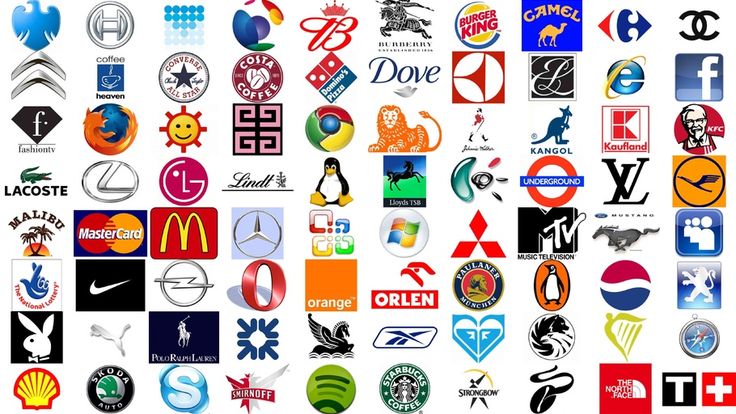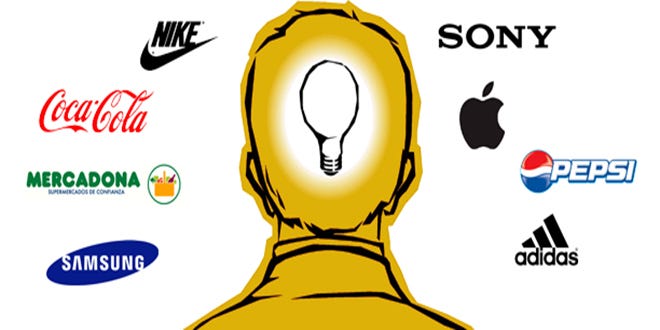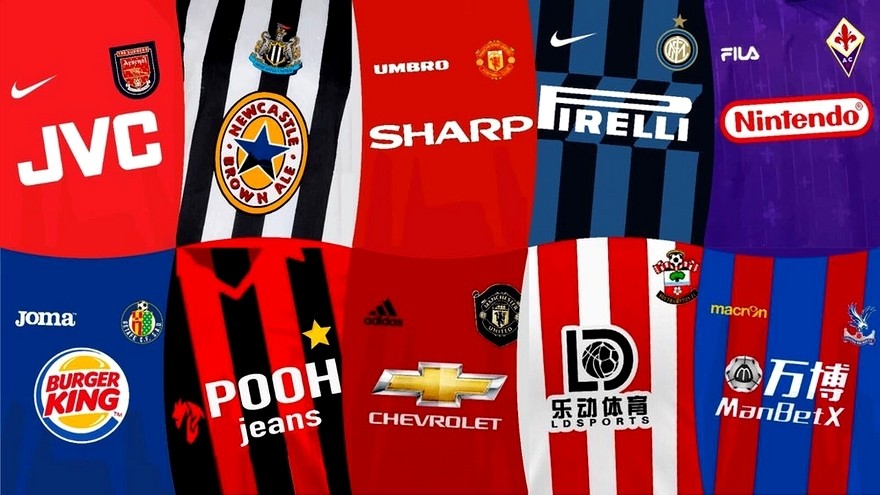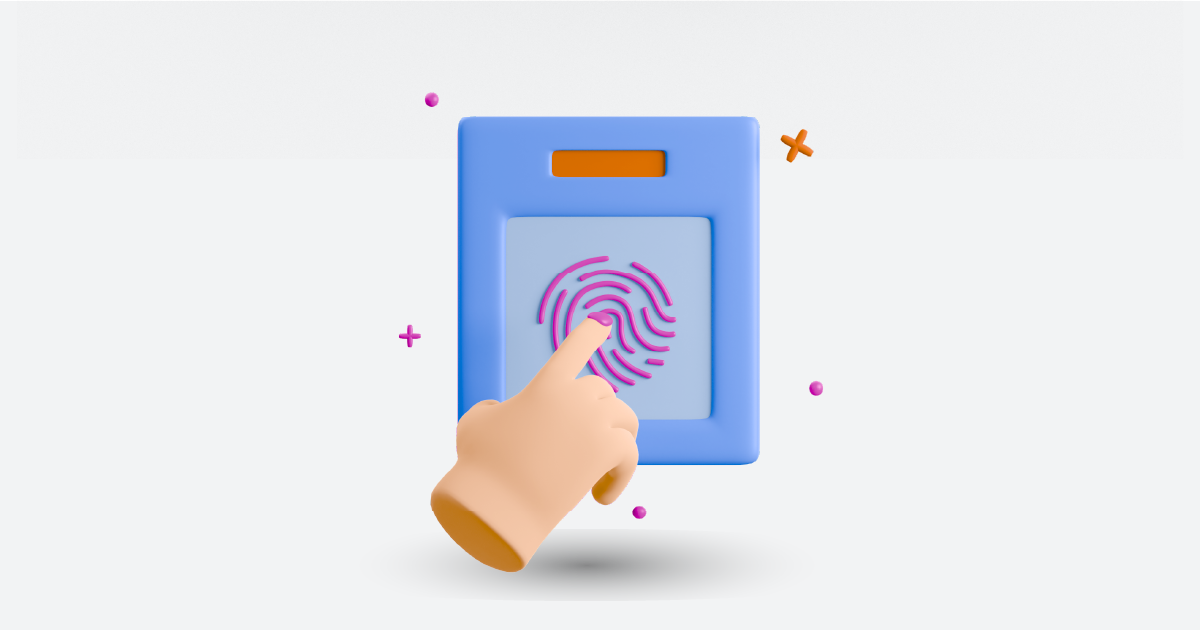Sponsorships logos recognition plays a crucial role in the success of brand partnerships and marketing initiatives. It involves assessing the visibility and impact of a brand’s logo in sponsored events, activities, or media. By evaluating sponsorships’ logos recognition, businesses can gain valuable insights into the effectiveness of their sponsorship efforts and make data-driven decisions to optimize their marketing strategies. In this article, we will explore the importance of evaluating sponsorships logos recognition, discuss the benefits it brings, highlight key factors to consider, and delve into methods and best practices for effective evaluation.
Factors to Evaluate Sponsorships Logos Recognition

When evaluating sponsorships logos recognition, several key factors should be considered to obtain a comprehensive assessment. These factors include:
Logo Visibility
- The visibility of a brand’s logo is paramount in sponsorships. It involves assessing the prominence and frequency of logo displays in various contexts, such as banners, signage, merchandise, or digital platforms. Evaluating logo visibility provides insights into the potential reach of the logo and its effectiveness in capturing audience attention.
Audience Engagement
- Measuring audience engagement is crucial to understanding the impact of sponsorships’ logos recognition. It involves evaluating how well the logo resonates with the audience and drives engagement, such as through social media interactions, website visits, or content sharing. Assessing audience engagement helps brands determine the level of connection they have established with their target audience through sponsorships.
Media Coverage
- Media coverage plays a significant role in amplifying sponsorships’ logos recognition. Evaluating the extent and quality of media coverage, including press releases, news articles, or social media mentions, provides insights into the reach and impact of the sponsorship. Monitoring media coverage allows brands to assess the effectiveness of their logo placement and the overall visibility generated through various media channels.
Social Media Impact
- In today’s digital age, social media has become a powerful platform for sponsorships logos recognition. Brands need to evaluate the social media impact of their sponsorships to gauge audience reactions, sentiment, and engagement. This includes analyzing metrics such as likes, shares, comments, and hashtag usage related to the sponsorships. By understanding social media impact, brands can optimize their logo placement and messaging for maximum effectiveness.
Methods for Evaluating Sponsorships Logos Recognition
To effectively evaluate sponsorships’ logos recognition, brands can employ various methods and tools. Some common methods include:
1. Surveys and Questionnaires
- Conducting surveys and questionnaires among the target audience can provide valuable feedback on logo recognition and recall. By asking specific questions about logo visibility and brand association, brands can gather insights into the audience’s perception and level of engagement with the logo.
2. Social Media Monitoring Tools
- Utilizing social media monitoring tools allows brands to track and analyze mentions, engagements, and sentiments related to their sponsorships. These tools provide real-time data on how the audience is reacting to the logo and sponsorship activities, enabling brands to make timely adjustments and optimize their strategies.
3. Media Coverage Analysis
- Analyzing media coverage, both online and offline, provides a holistic view of the logo’s exposure and impact. Brands can track the number of media mentions, the tone of coverage, and the context in which the logo appears. Media coverage analysis helps identify key publications or channels that contribute the most to logo visibility.
4. Data Analytics and Metrics
- Leveraging data analytics and metrics is essential for evaluating sponsorships’ logos recognition. Brands can utilize web analytics tools to measure website traffic, referral sources, and conversions attributed to sponsorships. Additionally, social media analytics and advertising platforms offer insights into reach, engagement, and conversions generated through logo exposure.
Benefits of Sponsorships Logos Detection

Increased Brand Exposure
- Sponsorships offer a platform for brands to gain significant exposure. When a logo is prominently displayed in a sponsored event or media coverage, it attracts attention from the audience and increases brand visibility. This exposure can lead to improved brand recognition and recall among the target audience, ultimately driving brand awareness and preference.
Enhanced Brand Credibility
- Aligning with reputable events or organizations through sponsorships can enhance a brand’s credibility. When a logo is associated with a well-regarded event or cause, it gains a positive halo effect, which can positively influence consumer perception. Evaluating sponsorships logos recognition allows brands to measure the impact of their association with these events and assess the credibility boost it provides.
Targeted Audience Reach
- Sponsorships enable brands to reach their target audience more directly and engagingly. By strategically selecting sponsorship opportunities that align with their target demographics, brands can connect with their desired audience on a deeper level. Evaluating sponsorships logos recognition helps businesses understand the extent to which their logos have reached the intended audience and gauge the effectiveness of their targeting strategies.
Challenges in Evaluating Sponsorships Logos Recognition
While evaluating sponsorships logos recognition is valuable, it comes with its own set of challenges. Some of the common challenges include:
Differentiating Logo Visibility from Brand Recall
- Assessing logo visibility alone does not guarantee brand recall or awareness. It is essential to differentiate between the visibility of the logo itself and the audience’s ability to recall and associate the logo with the brand. Evaluating both aspects separately provides a more comprehensive understanding of the logo’s impact.
Measuring Offline Logo Recognition
- Evaluating logo recognition in offline contexts, such as live events or physical merchandise, can be more challenging than online evaluations. Brands need to employ methods like onsite surveys or brand recall tests to measure the offline impact of their logos.
Establishing Attribution to Sponsorship Efforts
- Attributing specific outcomes solely to sponsorships can be complex, as multiple marketing channels and initiatives often work together. Determining the precise impact of sponsorships logos recognition and isolating its influence from other marketing activities requires careful analysis and consideration of various factors.
Case Studies of Successful Sponsorships Logos Recognition Evaluation

Sporting Events
- One successful example of evaluating sponsorships logos recognition is seen in sporting events. Brands sponsoring major sports tournaments or teams assess logo visibility through TV broadcast exposure, stadium signage, and jersey placements. They also monitor social media buzz, fan engagement, and the impact on brand sentiment to measure the effectiveness of their sponsorships.
Music Festivals
- Music festivals provide opportunities for brands to connect with a diverse audience. Evaluating sponsorships logos recognition in music festivals involves assessing the visibility of logos on stage backdrops, festival merchandise, and artist collaborations. Brands also analyze social media conversations, user-generated content, and ticket sales driven by their sponsorships.
Charity Events
- Sponsoring charity events allows brands to associate with noble causes while gaining visibility. Evaluating sponsorships logos recognition in charity events involves measuring media coverage, social media reach, and fundraising impact. Brands assess how their logos have helped generate awareness, engagement, and donations for the cause.
The Future of Evaluating Sponsorships Logos Detection
As technology continues to advance, the evaluation of sponsorships logos detection is expected to evolve. The future holds promising developments, including:
Advances in Technology
- Advancements in image recognition and artificial intelligence (AI) will make it easier to track and analyze logo visibility across various media channels. Automated tools and algorithms can provide real-time data on logo placements and reach.
Integration of AI and Machine Learning
- AI and machine learning algorithms can analyze vast amounts of data and identify patterns, allowing brands to gain deeper insights into logo recognition and audience engagement. Predictive analytics models can help forecast the impact of sponsorships on brand awareness and consumer behavior.
Predictive Analytics for Sponsorship ROI
- Predictive analytics models will play a crucial role in estimating the return on investment (ROI) for sponsorships. By leveraging historical data, market trends, and consumer behavior patterns, brands can assess the potential impact of sponsorships logos recognition on their bottom line.
Case Studies
1. Adidas at the FIFA World Cup
Adidas, a long-time sponsor of the FIFA World Cup, leveraged AI-powered logo recognition to analyze the visibility of its iconic three-stripe logo across broadcasted matches and fan content. Through advanced analytics, Adidas determined that its logo was visible in over 90% of match-related media coverage and social media posts, contributing to a 25% increase in global brand awareness. This data also helped refine future sponsorship placement strategies.
2. Coca-Cola at the Olympics
Coca-Cola used logo recognition technology during the Olympics to evaluate its sponsorship’s effectiveness. By analyzing stadium signage, athlete endorsements, and social media activity, the company discovered that its logo was mentioned in over 500,000 posts across multiple platforms, with an 80% positive sentiment score. This insight drove an innovative digital campaign that resulted in a 15% boost in sales during the event period.
3. Red Bull at Formula 1 Races
Red Bull employed AI to monitor logo visibility during Formula 1 races, both on cars and trackside advertisements. The analysis revealed an average of 20 seconds of logo exposure per race broadcast, reaching millions of viewers globally. This granular visibility tracking helped Red Bull negotiate premium sponsorship placements, leading to a 30% increase in viewership-driven brand recall.
Influencer Quotes
“Sponsorships are more than just brand association—they’re about visibility and impact. AI-powered logo recognition is transforming the way brands measure and optimize this visibility.”
– Ann Handley, Marketing Expert & Bestselling Author
“Data-backed sponsorship strategies are the future. Brands that analyze logo recognition and audience engagement will always lead the pack.”
– Rand Fishkin, Founder of SparkToro
“Understanding the ROI of sponsorships starts with knowing where and how your logo shows up. AI technology takes the guesswork out of this critical process.”
– Jay Baer, Digital Marketing Strategist
Conclusion
In conclusion, evaluating sponsorships’ logos recognition allows brands to make data-driven decisions, enhance brand exposure, and build credibility. By leveraging the power of sponsorships, brands can connect with their target audience on a deeper level and achieve their marketing objectives.
Request a demo and explore how AIM Technologies can help you measure and evaluate sponsorships logos recognition effectively!




